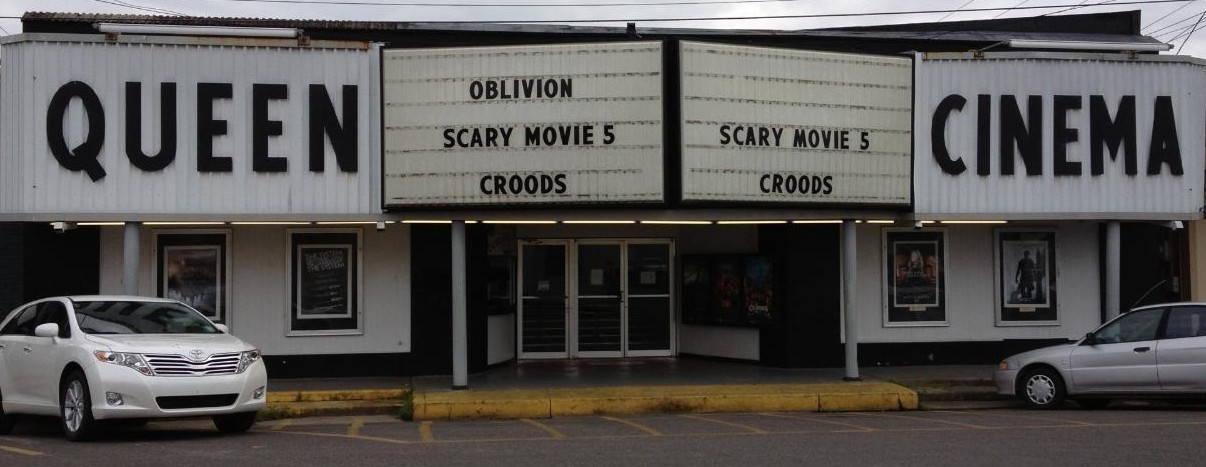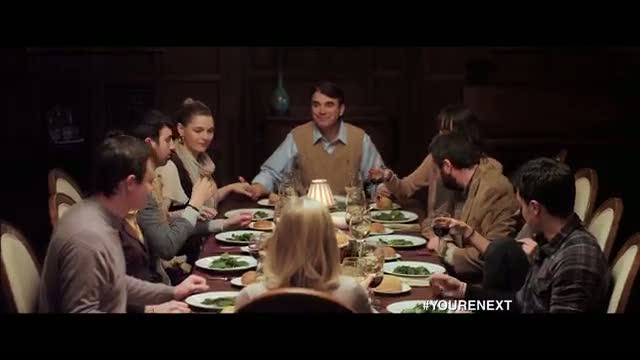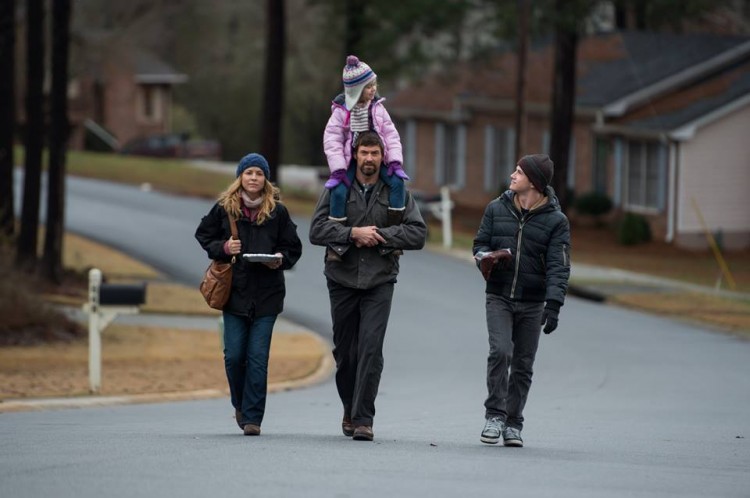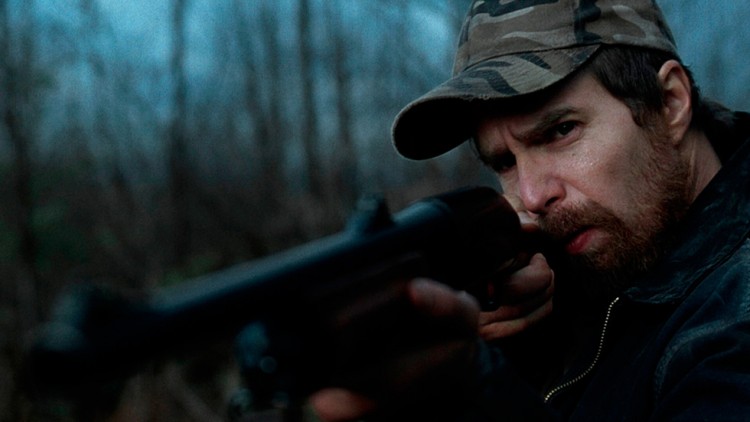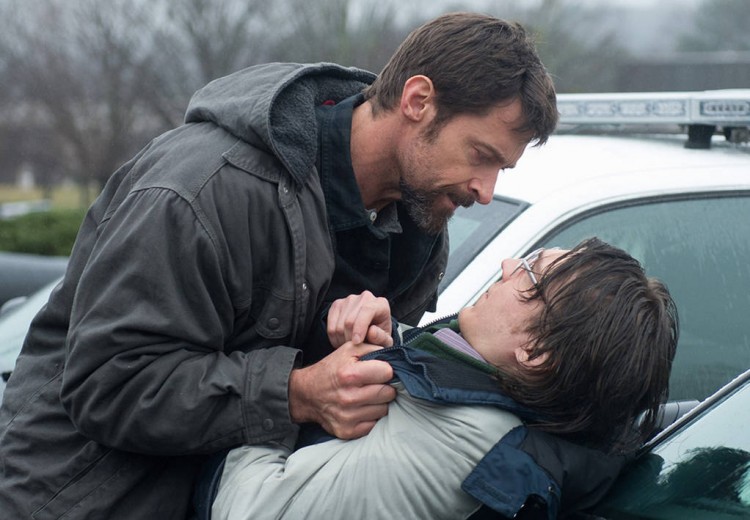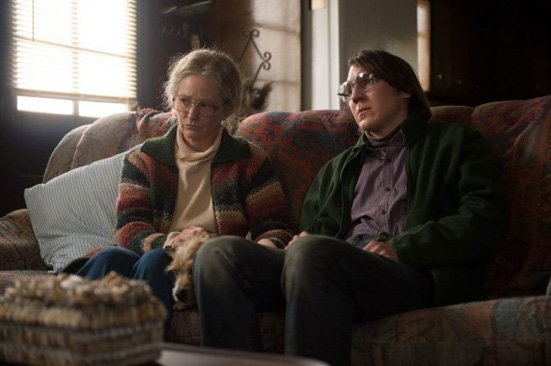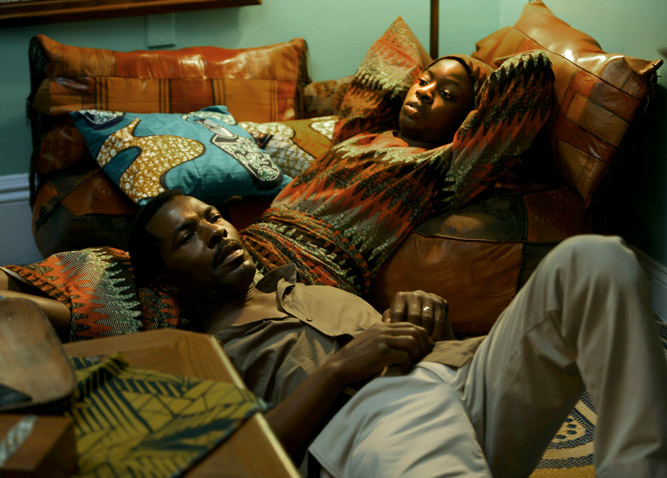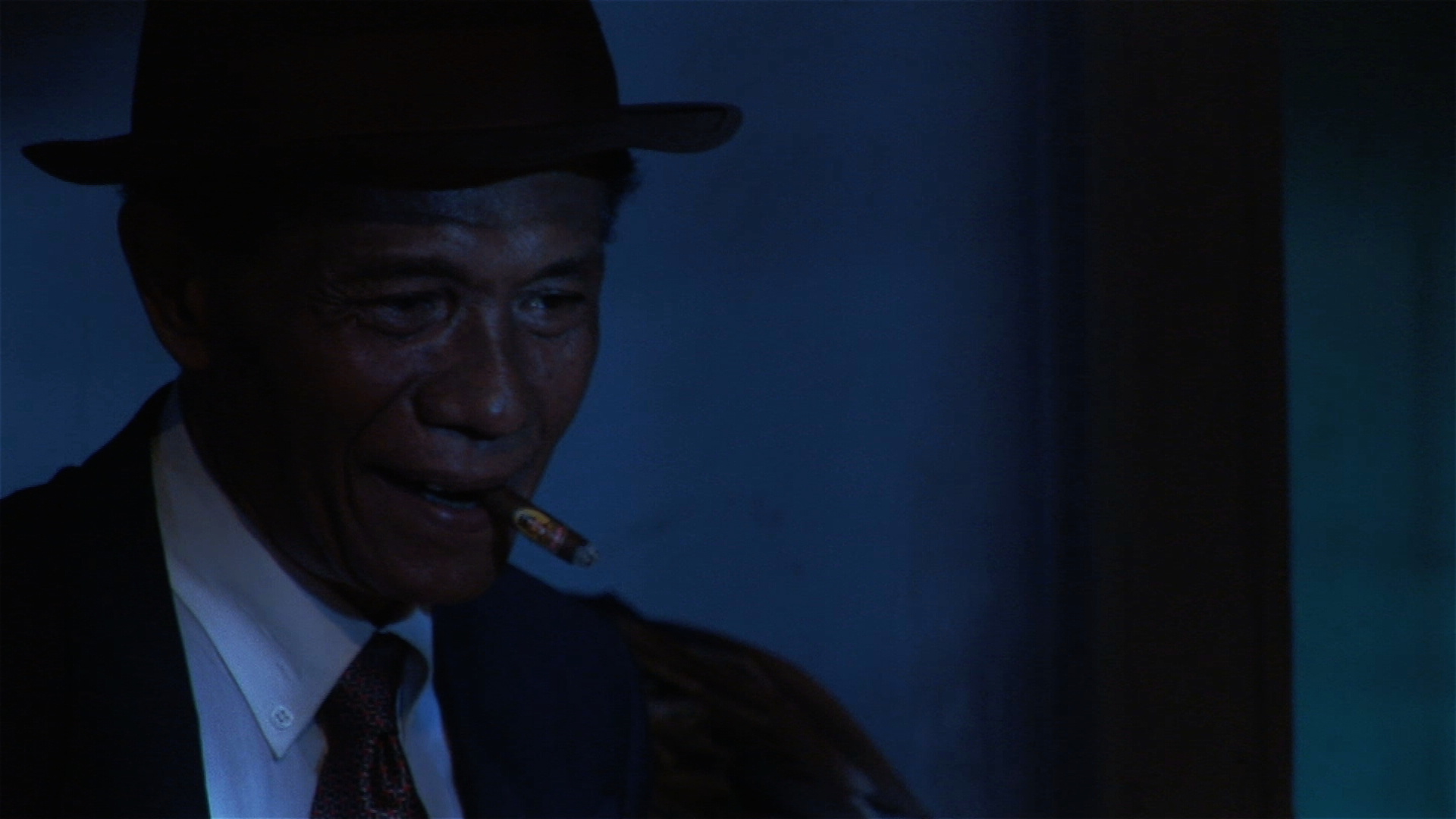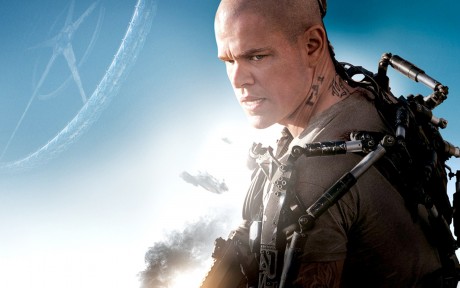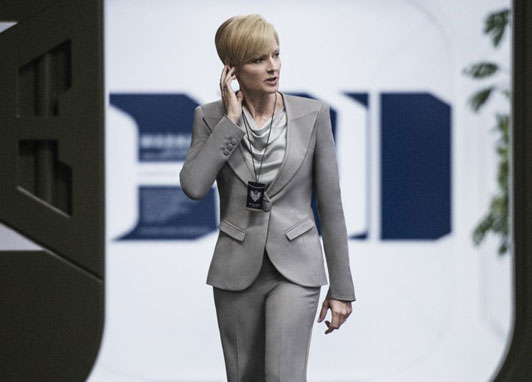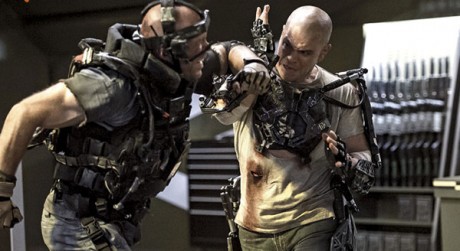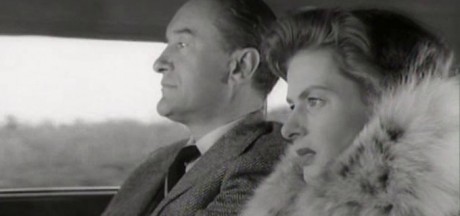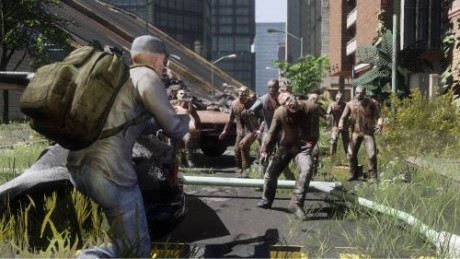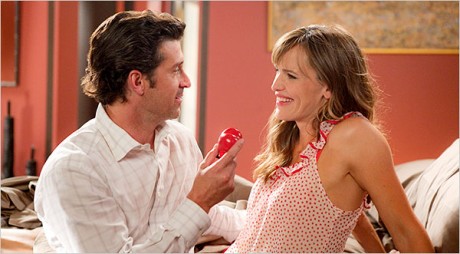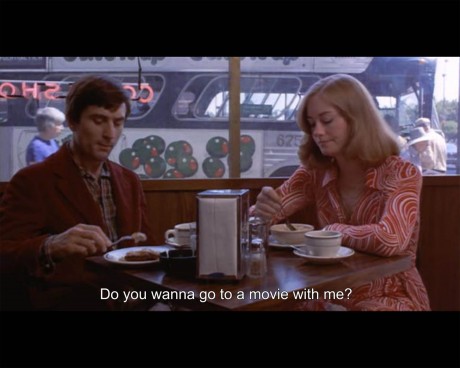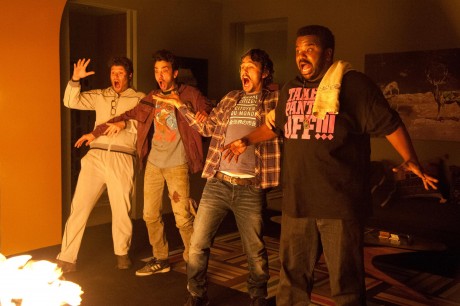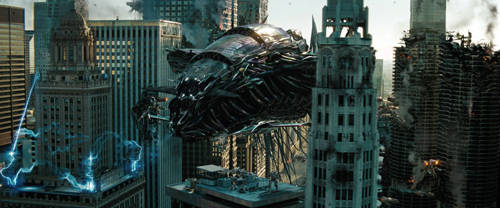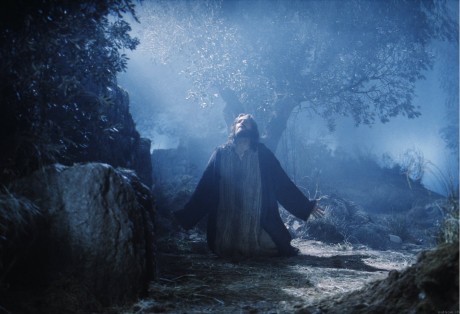The National Society of Film Critics (of which I am a member) might be the last group to vote, but it is usually the most interesting. Composed of some 60 critics nationwide, suspected of arcane rituals and snobby taste (all true!), they invariably buck the trend of every group that precedes them , but usually too late to make a difference.
This year was no exception. Wrapping up about three hours ago with unfinished, irresolvible discussions about where should the line between cinematography and animation (ie: Gravity) and whether the group should amend the categories of “Best Actor” and “Best Actress” to some gender free nomenclature, the society nonetheless managed to breeze through the voting with relative speed. No category went beyond two ballots, and a couple even were settled with one. Sounds like a lockstep conspiracy of film snobs to me.
And the big winner? The Coen Brothers’s Inside Llewyn Davis, which won for best picture, director, actor, and cinematography. Had they considered best animal actor, and I’m kicking myself now for not suggesting the idea, no doubt it would have gotten that, too, for the haunting performance of the big ginger cat who played Ulysses. And wouldn’t you know it, our group is the only one that picked that film for a winner.
This pleased me considerably, since I had placed Llewyn at number two on my top ten list (after Her, but it was a toss up). And as the voting continued, I had the eerie feeling that the group was unconsciously following my will, with many results identical to my own choices. In the non-fiction category, for example, my three choices (you are allowed to vote for three, with the first choice getting three points, the second two, and the third one) the final tally mirrored my own, though in the opposite order: The Act of Killing, At Berkeley, and Leviathan. Other results that heeded my secret bidding: James Franco for Best Supporting Actor for Spring Breakers, Cate Blanchett for Best Actress for Blue Jasmine. And Jennifer Lawrence in American Hustle? Maybe not my first choice, but I can live with it.
But then my solipsistic pipe dream was punctured when Before Midnight beat out Llewyn for best screenplay. And Blue is the Warmest Color for Best Foreign Film? I will say no more about it. Here is the final rundown cut and pasted from the NSFC website:
Here is a list of the winners and runners-up, with vote counts from the final round
. BEST PICTURE
*1. Inside Llewyn Davis – 23
2. American Hustle – 17
3. 12 Years a Slave – 16
BEST DIRECTOR
*1. Joel and Ethan Coen (Inside Llewyn Davis) – 25
2. Alfonso Cuarón (Gravity) – 18
3. Steve McQueen (12 Years a Slave) – 15
BEST FOREIGN-LANGUAGE FILM
*1. Blue Is the Warmest Color – 27
2. A Touch of Sin – 21
3. The Great Beauty – 15
BEST NON-FICTION FILM
*1. The Act of Killing (Joshua Oppenheimer) – 20
*1. At Berkeley (Frederick Wiseman) – 20 [tie]
3. Leviathan (Lucien Castaing-Taylor and Véréna Paravel) – 18
BEST SCREENPLAY
*1. Before Midnight (Richard Linklater, Julie Delpy, Ethan Hawke) – 29
2. Inside Llewyn Davis (Joel and Ethan Coen) – 26
3. American Hustle (Eric Singer and David O. Russell) – 18
BEST CINEMATOGRAPHY
*1. Inside Llewyn Davis (Bruno Delbonnel) -28
2.Gravity (Emmanuel Lubezki) – 26
3. Nebraska (Phedon Papamichael) – 19
BEST ACTOR
*1. Oscar Isaac (Inside Llewyn Davis) – 28
2. Chiwetel Ejiofor (12 Years a Slave) – 19
3. Robert Redford (All Is Lost) – 12
BEST ACTRESS
*1. Cate Blanchett (Blue Jasmine) – 57
2. Adèle Exarchopoulos (Blue Is the Warmest Color) – 36
3. Julie Delpy (Before Midnight) – 26
BEST SUPPORTING ACTOR
1. James Franco (Spring Breakers) – 24
2. Jared Leto (Dallas Buyers Club) – 20
3. Barkhad Abdi (Captain Phillips) – 14
BEST SUPPORTING ACTRESS
*1. Jennifer Lawrence (American Hustle) – 54
2. Lupita Nyong’o (12 Years a Slave) – 38
3. Sally Hawkins (Blue Jasmine) – 18
3. Léa Seydoux (Blue Is the Warmest Color) [tie]–
18 EXPERIMENTAL FILM Leviathan (Lucien Castaing-Taylor and Véréna Paravel),
